Ultimate Guide to SEO for WordPress Websites
Today, a robust online presence is essential to any website's success. To boost visibility and traffic, you need to optimise your site – a process known as Search Engine Optimisation (SEO). With WordPress's popularity, plenty of features and plugins are available to help with this. This guide will explain precisely why SEO for WordPress websites matters and offer some best practice tips and techniques for optimising your site.
While once upon a time, SEO was an optional extra if you wanted your site to be found in search engine results pages (SERPs), these days, it’s pretty much mandatory. SEO is optimising your website to improve its ranking in these results pages – ensuring that it appears when people enter relevant queries into Google et al.
It’s significant for WordPress sites as it can increase their visibility in SERPs, attracting organic traffic – i.e., potential customers – like bees around honey.
Table of Contents
Why Is SEO Important for WordPress Websites?
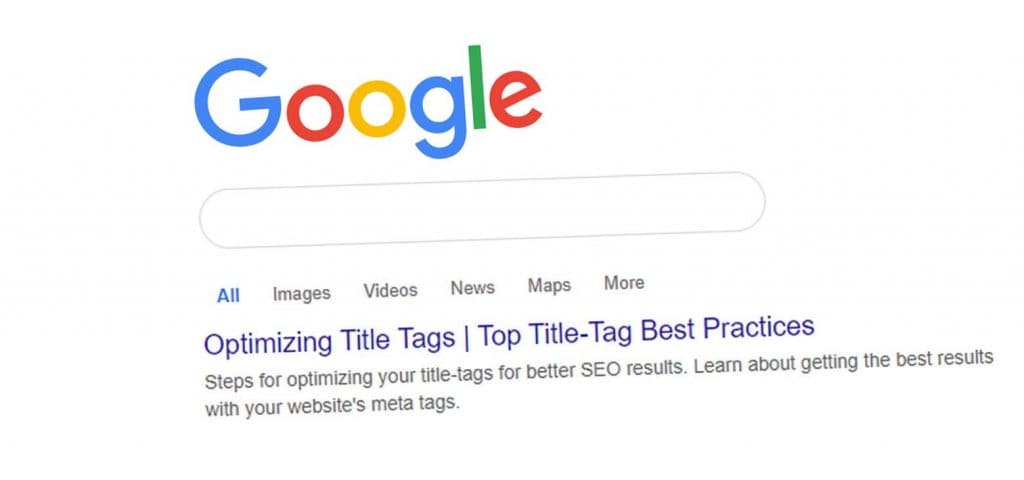
If you are operating a WordPress website, you must work on your SEO for several reasons. The number one benefit is that the greater your website's visibility in search engine rankings, the more likely it is to be seen by people who might otherwise not even know it exists. This improved visibility can increase organic traffic and lead to higher sales volumes.
Another reason for working on your SEO is to boost your site's user experience (UX). By optimising various elements such as content, layout and site structure, you can create a more user-friendly and intuitive experience for visitors. This could increase engagement with lower bounce rates and better conversion rates.
For example, imagine if you have a photographic blog built using WordPress. If you apply various SEO techniques, such as ensuring content is appropriately keyword optimised, that images are compressed to improve load times or making sure heading tags are correctly used this could help ensure posts appear nearer the top of search results when users enter photography-related queries into Google et al.: driving more organic traffic towards them; improving overall UX; attracting an audience of photography enthusiasts.
Best Practices for Optimising WordPress Websites for Search Engines

If you want to make sure that your WordPress website is as high in search engine rankings as possible, there are several things that you can do.
First and foremost, choose an SEO-friendly theme. This means the theme will be optimised for speed and clean code, improving performance and SEO. GeneratePress is an excellent example of a lightweight yet feature-packed theme which allows users easy control over their site's appearance.
Next up: use an SEO plugin. Many plugins are available at no cost or on a premium basis – Yoast SEO is a good example – offering options like XML sitemaps, meta tags and readability analysis to help nudge up site visibility on search engines.
Another tactic? Optimise content.
Google loves nothing more than quality, original content that provides value to users. Ensure any keywords mentioned are relevant to the page they appear on (and occur naturally) while using them in headings and meta descriptions.
Last but not least, sort out your site’s structure.
As Google states: “Logical structures make it easier to navigate your site.” If e-commerce is your thing, for example, try organising products into “sneakers”, “sandals”, and so forth instead of lumping everything together; within each product category should then sit subcategories based on different styles or brands.
Follow these steps closely and watch the traffic roll in…
Recommended SEO Plugins for WordPress

Regarding WordPress SEO plugins, the most popular options are Yoast SEO and All in One SEO Pack. These plugins have many features to help you optimise your website for search engines.
Yoast SEO is an all-in-one plugin that offers features such as XML sitemaps, meta tag optimisation, readability analysis and social media integration. It also provides content insights and suggestions to improve your on-page SEO. For example, if you install Yoast SEO, the plugin will analyse your content and offer recommendations on keyword usage, readability and meta tags so you can optimise your content for search engines.
All in One SEO Pack is another robust option that includes XML sitemaps, meta tag optimisation, social media integration, advanced features like schema markup (which helps search engines better understand what your site’s about) and local SEO (where you can tweak settings to help improve visibility for local searches); plus a user-friendly interface that makes optimising easier.
Both plugins have user-friendly interfaces and are regularly updated to stay current with best practices in WordPress website optimisation. They provide valuable tools that can make a difference in optimising your website for search engine rankings – things like title tags by default or the ability to set specific pages or posts as noindex should you need them.
For instance, if you run an online shop using WooCommerce, installing an optimised plugin like Yoast would allow you to optimise individual product pages by adding keywords to meta titles/descriptions, etc. This helps search engines understand what each page is about, which improves their chances of ranking higher in SERPs when people type relevant words into Google et al.
Optimise WordPress URLs and Permalinks for SEO
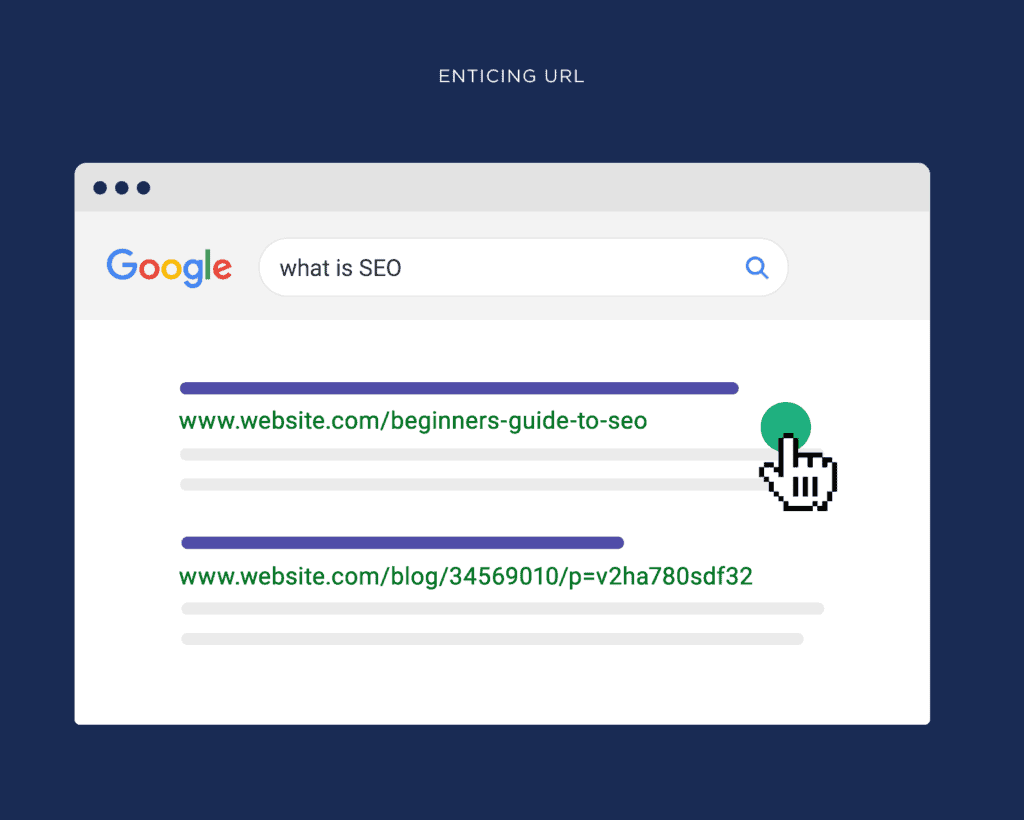
Optimising your WordPress URLs and permalinks is vital in enhancing your website’s SEO. The permalink is the URL structure assigned to your posts, pages or custom post types permanently. By optimising these URLs and permalinks, you can make them more lucrative for search engines and improve the overall SEO of your website.
Follow these best practices to optimise WordPress URLs and permalinks for SEO:
Use descriptive keywords: Include relevant keywords in your URLs that clarify what the page is about for both users and search engines; for example, instead of using a generic URL like https://example.com/?p=123, use a descriptive one like https://example.com/wordpress-seo-best-practices/.
Keep it short & sweet: Avoid unnecessarily long or complex URLs that are difficult to understand or remember. Shorter URLs make it easier for users and increase clickability in search results.
Remove unnecessary words: “Stop words” like “a,” “an,” “the”, etc., are common words that don’t add significant value to your URLs. Removing stop words from your URL will streamline them.
Use hyphens as word separators: When creating URLs, use hyphens (-) instead of underscores (_) or spaces as word separators because they’re more readable by both humans and machines (e.g., search bots).
For instance, say you’ve got a blog post titled ‘10 Tips for Optimising WordPress SEO’. You could optimise its URL from something like this …
https://example.com/10tipsforoptimisingwordpressseo/
… into something more human – and machine-friendly by adding some hyphens:
https://example.com/10-tips-for-optimising-wordpress-seo/
This way, not only does the URL have better readability with relevant keywords included, but it’s also adhering to some best practices regarding SEO-friendly URLs.
By optimising WordPress’ default permalink settings along with following these best practices, you can create URLs that are more likely to attract organic traffic and improve the overall SEO of your WordPress site.
Quality Content and Keyword Research are critical to SEO for WordPress
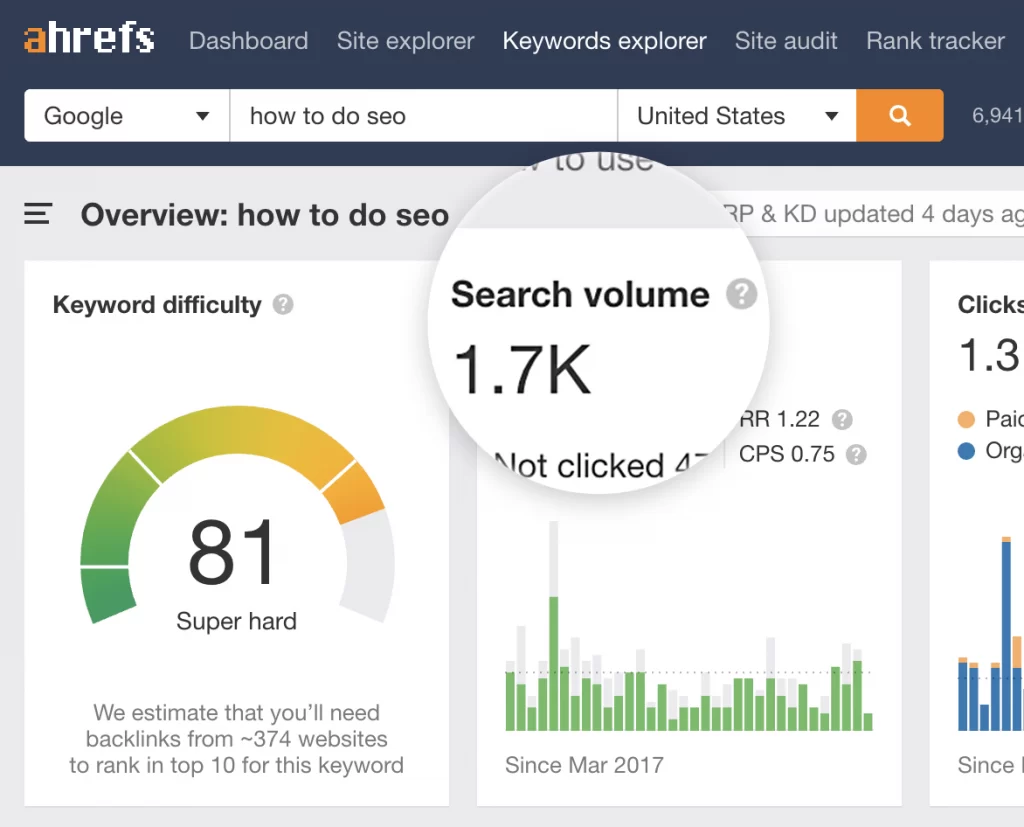
Two of the most critical components for WordPress SEO are creating top-notch content and carrying out keyword research. High-quality content that provides value to your target audience wins you brownie points with users and boosts your site’s visibility in search engine results.
Content is king when it comes to SEO. Search engines prioritise sites offering their users valuable, relevant information. Creating excellent quality content for your target audience’s needs and interests will help increase your website’s visibility and attract organic traffic.
Keyword research involves finding the perfect keywords for your website – those that are very specific to what you do or sell and, therefore, bring through valuable traffic. By carrying out thorough keyword research, you’ll discover which terms and phrases people use when looking for products/services/whatever relating to what you offer/sell/provide. Including these strategic keywords in well-written copy on your web pages helps improve how highly search engines rank them in results pages.
For example, say you write a fitness blog on WordPress; keyword research might reveal that many people search for ‘healthy breakfast recipes’. If so (assuming this floats your boat), writing a blog post called ’10 healthy breakfast recipes to kickstart your day’ – where you hit this popular keyword hard – could be a good idea as long as the post was helpful, too. When done well, including relevant keywords naturally within critical areas of on-page copy (such as headings) and meta tags enables search engines to understand better what any given webpage is about, improving its chances of ranking higher than if no attention had been paid.
Top-quality content plus some decent knowledge around keywording enabled by an hour or two spent researching should help anyone using WordPress not just to get up-to-speed with basic principles underpinning SEO-friendly websites but also develop level-entry skills needed areas mentioned here.
Use XML Sitemaps and robots.txt
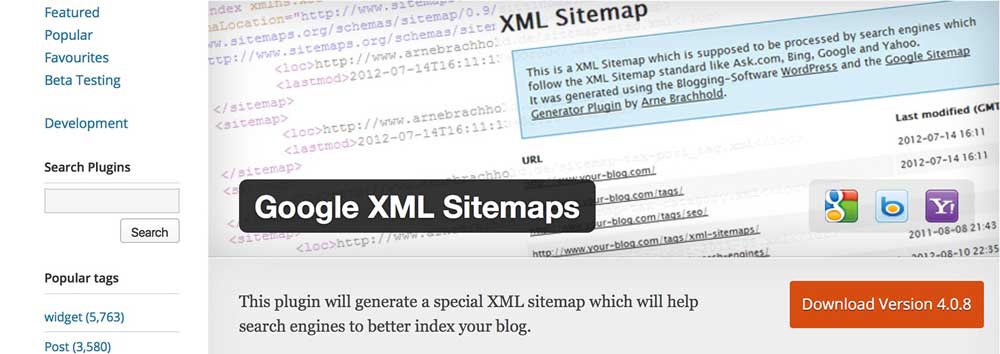
To increase the SEO of your WordPress website, you need to use two tools – XML sitemaps and robots.txt.
XML sitemaps allow search engines to find and index all pages on your website. They are files that list all the pages on your site, making it easier for search engines to discover them. Submitting an XML sitemap to Google or other search engines can help ensure that all necessary pages are crawled (visited by a bot) and indexed (made available in search results).
Creating an XML sitemap for your WordPress site is easy if you have one of these popular SEO plugins: Yoast SEO or All in One SEO Pack. These plugins automatically generate new XML sitemaps when content changes.
Sign up for Search Console (formerly Webmaster Tools) at google.com/webmasters/tools/ to submit an XML Sitemap directly to Google. Then, follow these instructions from Google.
Robots.txt is a text file placed in the root directory of your website that tells web robots which pages and directories not to crawl. Modifying this file lets you control what parts of your WordPress site search engines see.
For example, say you have a development server or staging environment associated with your live site – but don’t want those URLs appearing in search results because they aren’t ready yet. You could add a Disallow directive to robots.txt specifically targeting those URLs; then, the most significant crawlers would exclude them from their indexes.
Using both tools helps ensure that search engine bots “understand” more about how your WordPress site works, potentially improving its visibility in SERPs (search engine result pages). Your guidance via XML Sitemaps tells them which content is most important; blocking specific paths via robots.txt keeps irrelevant/duplicate matters out.
Tips for Optimising Images and Media Files in WordPress for Better SEO?
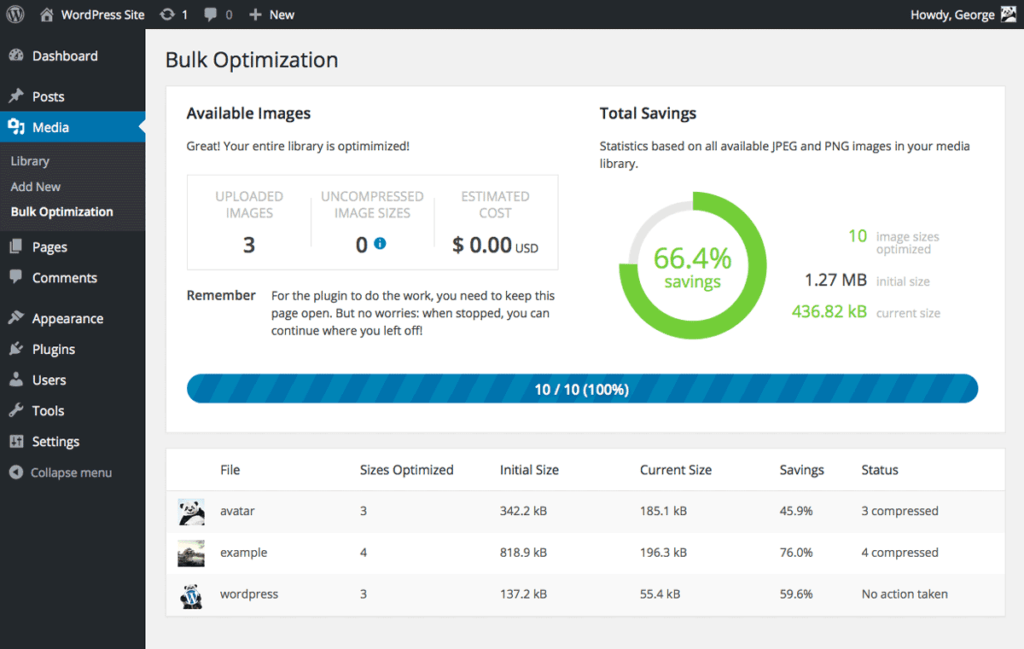
Optimising images and media files in WordPress is a crucial aspect of SEO that often gets overlooked. By following best practices, you can boost the visibility and performance of your images and media files, which, in turn, can positively affect your website’s SEO.
- Compress and resize images: Large image file sizes can slow how long web pages load — something that search engines don’t like. This could negatively affect user experience (UX) and SEO rankings. Before uploading any pictures to your WordPress website, compress them using tools such as TinyPNG or Optimole. It’s also worth resizing them to an appropriate size so they take up even less space.
- Use descriptive file names: When saving images from now on, use descriptive file names that contain relevant keywords related to what the image shows. For example, instead of calling an image “IMG_12345.jpg”, call it something like “best-travel-destinations-europe.jpg”. This helps search engines determine what the picture contains – increasing its chances of showing up if someone searches Google Images for one of those places.
- Add alt text: Alt text (alternative text) is a short description of an image – displayed when the image can’t be loaded or read by screen readers. Adding alt-text descriptions improves accessibility and helps search engine crawlers better understand what the image portrays. Ideally, include relevant keywords, but ensure whatever you write accurately describes what's shown in the picture.
- Use captions: Captions provide context and add information about an image – usually displayed below or beside it, depending on the theme. They also help improve UX and give search engines more data about each picture.
- Lazy loading: Lazy loading defers loading non-visible photos until users scroll down a page. Implementing this technique should increase how quickly pages display – especially with lots of pictures/media files on show simultaneously. WordPress plugins are available to enable lazy loading on your website.
By optimising images and media files in WordPress, you can improve how quickly pages display, UX and SEO. Following these tips will ensure search engines correctly index pictures so users can discover them for relevant visual content.
Conclusion
If you want to increase your WordPress site's visibility, attract organic traffic, and reach your online goals, optimising it for search engines is essential. There are several best practices you can implement:
– Select an SEO-friendly theme
– Use SEO plugins
– Optimise content
– Enhance website structure
– Utilise tools such as XML sitemaps and robots.txt
To further improve SEO on your WordPress site, focus on quality content, conduct keyword research, and optimise images and media files. Offering valuable and relevant material will boost visibility in search engine results by targeting the right keywords. Additionally, optimising media files for better performance increases optimisation.
Remember that SEO requires ongoing effort; monitoring results is crucial to make adjustments based on trends or algorithm changes.
By following these guidelines while keeping up with the latest data about algorithms and trends from search engines like Google or Bing, you'll be able to show up higher in search engine rankings – driving more targeted visitors who are likely to engage with your brand – over time!
